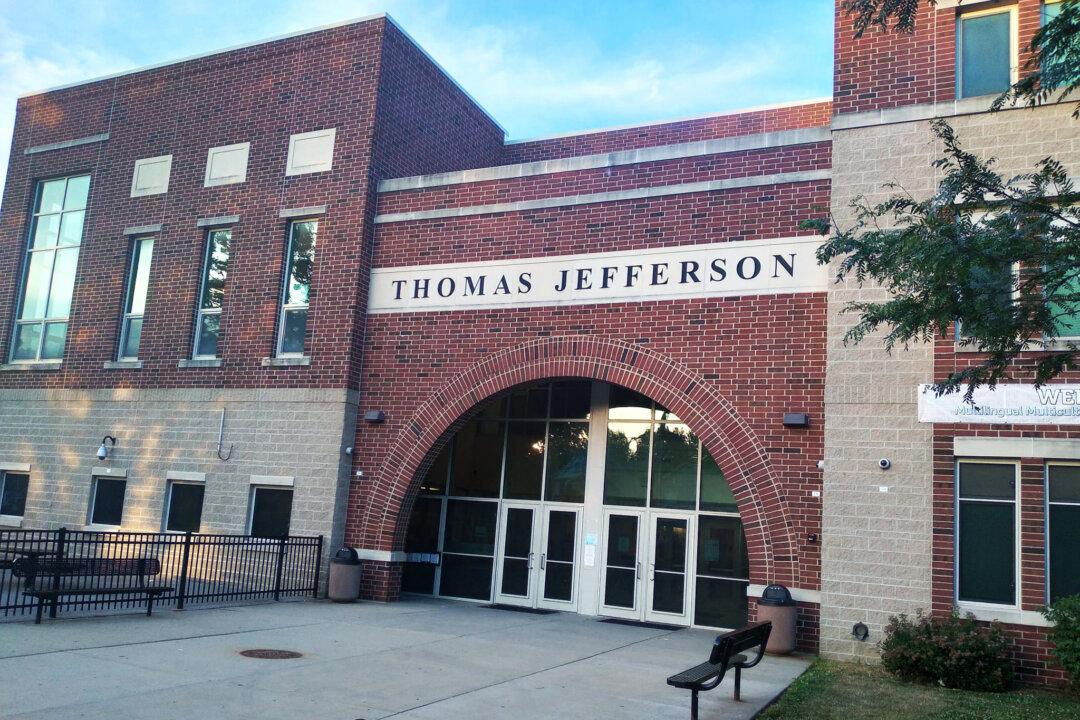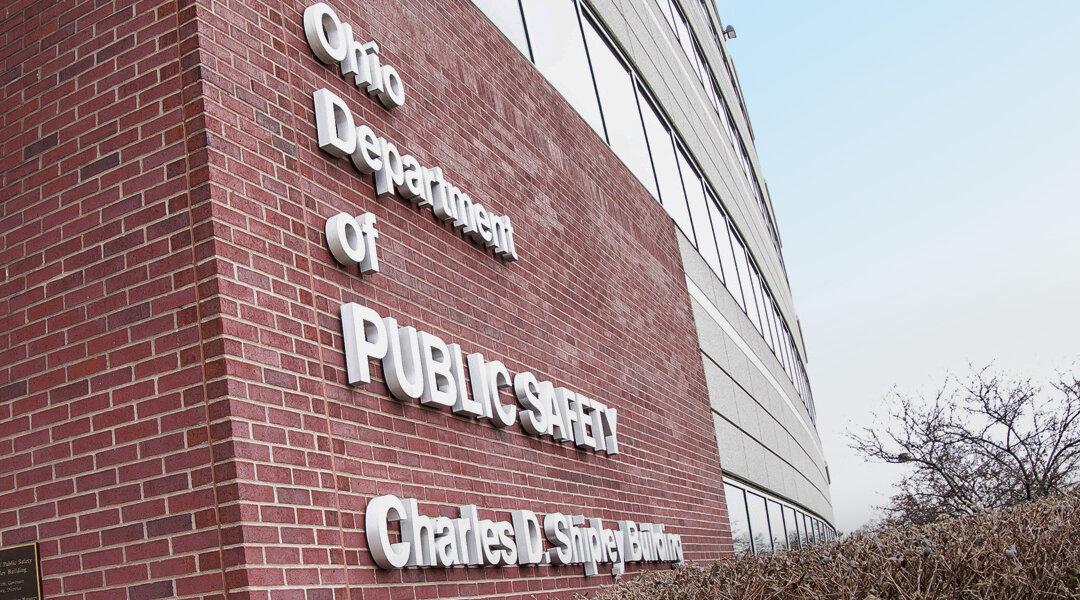Ohio Gov. Mike DeWine and Ohio State Highway Patrol (OSHP) superintendent Col. Richard Fambro announced on Nov. 23 that every trooper working on the roads will be equipped with a body camera by May 2022.
The dashboards and sides of state highway patrol vehicles have had cameras since 2000, and the body units are expected to “add another angle” as law enforcement agencies are adding them as “another tool in the toolbox” as technology evolves, Fambro said Nov. 23.




